|
Imagine scenic valleys embracing storybook Alpine villages. Add snow-capped mountains that surround the villages and you have arrived in Alto Adige, the northernmost wine region of Italy. Noted for its dramatic peaks, Alto Adige is bordered by Austria and Switzerland and is one of Italy’s smallest winegrowing regions. It also dominates the country in wine worthy of a DOC designation, with 98% of its wines falling into this category! Alto Adige enjoys a mild Alpine-continental climate with big temperature swings between day and night, averaging a temperature of 64 degrees during the grape growing stage. There are over 300 days of sun per year with approximately 27 inches of rainfall per year. The Dolomites protect the vineyards from cold winds coming from the north. And to the south, where the land is open, warm air currents waft over the winegrowing vineyards coming from Lake Garda and the Mediterranean. The lowest vineyards are at 750 feet and the highest vineyards reach 3,250 feet above sea level. The average elevation is approximately 1,600 feet. Alto Adige has a broad range of soils such as volcanic porphyry, quartz, limestone, dolomite and sandy marl. The soils combined with the climate make for an ideal stage on which to grow high-quality grapes. More than sixty percent of the region’s vineyards are white grape varieties such as Pinot Grigio, Chardonnay, Pinot Blanc, Gewürztraminer and Veltiliner. Approximately forty percent of the vineyards are red grape varieties such as Cabernet Sauvignon, Merlot, Pinot Noir, Malvasier, Schiava, Lagrein and Moscato Rosa. My focus today is on Pinot Grigio and Pinot Noir, specifically from the winery of Peter Zemmer. Peter Zemmer winery is one of the oldest wineries in Alto Adige. It is located in Cortina, one of the smallest communities in Alto Adige with 600 inhabitants in the village. It is situated in the middle of the valley floor, near the Adige River. Cortina is a world-renowned ski resort and was host to the 1956 Winter Olympics Games. Peter’s grandfather founded the winery in 1928 and Peter is now the third generation in this family-run winery. Peter says “The cultivation of vineyards has been an important part of our family history for almost a century. The third generation still shows the same enthusiasm for wine. Culture and nature, tradition and innovation, great respect and development, I love and live my environment.” Grapes grow on the mountain valley floor and steep surrounding hillsides. The winery practices sustainability, uses only organic fertilizer and uses natural winemaking techniques. Peter Zemmer Rolhüt Pinot Noir DOC 2017 Pinot Nero is the Italian name for Pinot Noir. However, both names can be seen on bottles produced in Italy. Although this region might be more popular for its white wines, red varietals grow well here, including Pinot Noir. Rolhüt is 100% Pinot Noir and the grapes come from the 15-acre Rolhüt site located in the immediate vicinity of the winery. The vineyards sit at an elevation of 1,400 feet and contain soils of loam, chalk and porphyry. 70% of the Pinot Noir is aged over 12 months in large French oak barrels and the remainder is aged in small, 2-3-year-old French oak casks. After blending both, the wine is then bottled and aged for an additional 6 months. The color of the wine is cherry red with fragrant aromas of cherry, flowers, red berries, sweet apples and spice. The palate offers a crisp, light and savory wine with smooth tannins and layers of fresh strawberry, sour cherry, spice and hints of red plum. Sour cherry, subtle notes of minerality and spice linger on the finish. Alcohol: 13% SRP: $18 Peter Zemmer Pinot Grigio DOC If you have been following my stories, you might have gleaned by now that I’m not a big fan of Pinot Grigio. Well, my opinion has changed dramatically after enjoying this Alpine Pinot Grigio! The grapes are selected from the best vineyards located on the valley floor and steep slopes located near the estate. The soils are stony, sandy and extremely chalky. The poor yield per hectare produces more concentrated flavors and contributes to the quality of this wine. Fermentation takes place in stainless steel tanks using pure strains of yeast and then spends several months of ripening on the yeast to achieve this well-structured wine. The color of the wine is soft yellow and has a very aromatic bouquet of floral, citrus, pineapple and honeydew. The wine envelops the palate with lively layers of white flowers, pear, citrus, minerality and fresh acidity. It finishes with a dash of zest and lingering pear. Oh, my…
Alcohol: 13.5% SRP: $18 The combination of the Alpine air and southern sun in the Alto Adige is producing some outstanding wines that reflect the character of this region. If you haven’t tasted any wines from this magical area, I encourage you to run…not walk…to a wine shop and experience for yourself how truly heavenly and unique these wines are! Cheers! Penina To leave a comment or if you have an inquiry, please contact me at [email protected] Sparkling wines are produced worldwide. And I have been fortunate to sample some excellent wines from unusual places. For instance, last year I received a few bottles of sparkling wine from England. I must admit that I was quite dubious about the source prior to tasting them. However, the wines were amazing! You can read my story at http://thewineknitter.com/1/post/2016/12/day-539-england.html When a few bottles of sparkling wine were delivered to me a few weeks ago from Tasmania, I knew that I was in for a treat. Tasmania is known for its fertile land and cool climate, which is conducive for growing grapes. And it has become a popular wine-growing region, spreading its good cheer globally. Tasmania is an island located 150 miles to the south of Australia’s mainland. Although it is separated by the Bass Strait, Tasmania is a part of Australia. The wine regions enjoy a maritime climate and are sheltered from rainfall and high winds by dolerite-capped mountains that dominate the Tasmanian landscape. With the absence of extreme temperatures, grapes are allowed to ripen slowly on the vine while maintaining natural acidity which in turn helps to give the wine freshness and balance. The soil on the lower slopes of the vineyards is a combination of ancient sandstone, mudstone, river sediment and igneous rocks of volcanic origin that contribute to very aromatic and heightened flavors in the wines. The most common grapes grown in Tasmania are Pinot Noir, Chardonnay, Sauvignon Blanc, Pinot Gris and Riesling. There are 1800 hectares under vine, 160 licensed wine producers and 230 individual vineyards. Australia’s finest sparkling wines come from Tasmania. And with ideal growing conditions for producing sparkling wine, it dares to challenge Champagne. House of Arras is led by Australia’s most awarded sparkling winemaker, Ed Carr. Out of 34 years in the wine industry, Carr has devoted 27 years to sparkling wine production. He believed that Tasmania had the potential for producing Australia’s best sparkling wine due to its fruit resources. And so, in 1995 the company made the decision to produce Tasmanian prestige cuvée. In 2002, the first vintage of the 1998 Arras was released, made from 100% Tasmanian fruit. Arras sources Pinot Noir and Chardonnay grapes from top vineyards in southern Tasmania and the southeast coast. The 2003 House of Arras EJ Carr Late Disgorged Sparkling is a beautiful blend of Pinot Noir and Chardonnay. It spent 12 years on lees and 28 months under cork. It was disgorged in June 2015 and is bottle 0384 of 2200. The color is vivid yellow with fine bubbles. The nose offers soft citrus, honey, bread dough and a hint of almond that opens up to a wine that is delicately elegant and full of richness on the palate. The texture is creamy with hints of brioche, citrus and honey. This is an exquisite and refined sparkling wine! Visit their website to find out how to order these delicious wines. http://houseofarras.com.au/ SRP $140 Alcohol: 12.5% 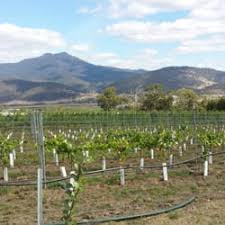 Image is courtesy of Stefano Lubiana Winery Image is courtesy of Stefano Lubiana Winery Stefano Lubiana Wines is led by Stefano (Steve) Lubiana, a fifth- generation winemaker. The family biodynamic vineyards, which were established in 1990, are located at the foothills of the Derwent River estuary and consist mainly of Pinot Noir and Chardonnay grapes. The first sparkling wines were produced in 1993. Stefano Lubiana NV Brut Reserve is a multi-vintage blend of Chardonnay and Pinot Noir made in the traditional method using a combination of oak and stainless steel during fermentation. The wine spends 22 months of aging on lees in the bottle that contribute to the depth and character of the wine. The color is straw yellow with fine bubbles and a smooth texture. Aromas of fresh citrus, floral and nuts segue onto the palate with toast, spice and a hint of lemon zest on the finish. This is a crisp and beautifully balanced wine. Use this link to order direct from the winery. https;//slw.com.au/ SRP: $38 Alcohol: 12.5% The sparkling wines of Tasmania are expressive and impressive! And since I don’t see a trip planned to Tasmania in my foreseeable future, I look forward to the day when Tasmania’s sparkling wines are available within driving distance of my house! Hurry up Tasmania…we’re waiting!
If you celebrated Thanksgiving, I hope that it was wonderful. My table was graced with family, friends, too much food and some lovely wines. These were the most popular wines of the evening. The 2013 Laetitia Estate Pinot Noir is from the Arroyo Grande Valley, Central Coast, CA. Laetitia Vineyard & Winery is located in Southern San Luis Obispo County and is comprised of over 600 acres of vines. The first grape plantings were established in 1982 by French viticulturists from Epernay, France. In 1998, Selim Zilkha, owner of a wind power development company, bought the Laetitia property. With the expertise of Head Winemaker Eric Hickey and Vice President of Vineyard Operations, Lino Bozzano, they produce high quality wines with an emphasis on sustainability. Although the estate is widely known for their Méthode Champenoise sparkling wines, the Pinot Noir is an attention getter. The Laetitia Estate Pinot Noir is impressive. The color is cherry red with delicious aromas of raspberry, cherry, floral and spice. The palate is layered with soft fruit, cherry, pomegranate, spice, cocoa and hints of oak. It paired well with the turkey and a variety of side dishes. In fact, I enjoyed sipping it with a decadent ganache filled chocolate cake. This wine was truly good to the last drop! Alcohol: 13.9% SRP: $25 Hands down, Donnafugata’s 2016 SurSur won the hearts of the white wine drinkers. SurSur is made with 100% Grillo grapes, an ancient indigenous variety from Sicily. These grapes were harvested from Donnafugata’s Contessa Entellina Estate Vineyard located in the Southwestern part of Sicily. I have tasted and reviewed the 2014 and 2015 SurSur vintages. By clicking “Donnafugata” on the menu found on the right side of this page, you will find many stories, history and wine reviews for Donnafugata. The 2016 SurSur is pale yellow with playful aromas of citrus, pineapple, floral and tropical fruit. The palate offers a nice balance between citrus and light stone fruit and moderate acidity with a nice dose of minerality. This is a bright and refreshing wine with just the right amount of dryness on the finish that made it compatible to our Thanksgiving feast! Alcohol: 12.5% SRP: $20 Both wines are available in the USA and abroad. Until next time…
Perhaps it is because I’ve been surrounded by a “pink” theme for the past few days, but I’ve been craving rosé wine lately. In my last post I shared my thoughts about a lovely sparkling rosé from the Vinho Verde region of Portugal. 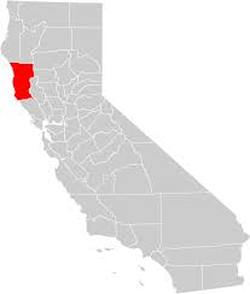 So now let’s travel to another continent and explore a delicious rosé from Lazy Creek Vineyards located in Anderson Valley, Mendocino County, California. It is the second oldest vineyard in the valley dating back to the early 1900s when an Italian family established the 95-acre property for farming. In 1969, Hans and Theresa Kobler, natives of Switzerland, purchased the property and converted the old barn into a winery and planted Pinot Noir, Gewürztraminer and Chardonnay vines that they brought by suitcase from Europe! After a “fruitful” run of 26 years and 19-planted vineyards, it was sold again in 1998 to Josh and Mary Beth Chandler. Ten years later in 2008, Don and Rhonda Carano purchased the 95-acre ranch which now had about 40 acres of grapes including Riesling. Don and Rhonda are no strangers to growing grapes, having first purchased a small ranch in 1979 in the Alexander Valley where they grew a few acres of Gewürztraminer. Their passion and commitment to sustainability transcends to the wines that they produce. Lazy Creek Winery was recently awarded a sustainable certification by the Certified California Sustainable Winegrowing Alliance. Lazy Creek Vineyards 2015 Rosé of Pinot Noir is a noteworthy wine made from 100% Pinot Noir. The color is light coral with delicate floral aromas mixed with strawberry, grapefruit and melon. The palate offers strawberry, honeydew and watermelon with hints of nectarine. This medium bodied wine has richness to it but is light at the same time. A dry and crisp finish gives way to flavors that persist for a satisfying conclusion. Serve chilled with just about any food. Thumbs up on this rosé! http://lazycreekvineyards.com Alcohol: 14.2% SRP: $22 Have a happy Friday and a magical weekend!
Cheers! Penina To leave a comment or if you have an inquiry, please contact me at [email protected] The arctic blast is upon us and as I sit here sipping peppermint tea, I’m thinking that hot toddies, Irish coffee, spiked cocoa and hot buttered rum are the go to drinks for the next few days. Any hot drink can be transformed into a festive and interesting alcoholic beverage that will warm you and your friends up! If you’re not the creative type, there are a host of recipes to be found on the Internet. 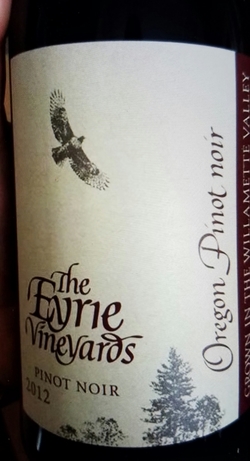 As much as I wanted a hot drink while visiting with friends last night, I was more than happy with the 2012 Eyrie Vineyards Pinot Noir that they served. This Pinot Noir is from the Eyrie Winery in Williamette Valley, Oregon. It is a blend of 84% estate grown Pinot, and 16% is sourced from the Cattrall Brothers, Pearl, and Bishop Creek Vineyards. The color is bright red with intoxicating aromas of dark fruit, cherries, spice and a touch of earth. The palate offers intense layers of dark cherry, dark berry, rich spice, and raspberry coupled with a savory and fruit driven finish. This is a silky and medium-bodied wine with lively acidity and is beautifully balanced. This wine is a true gem! Pairs well with most any food such as fish, meat, fowl, pasta, stews and chocolate desserts! http://www.eyrievineyards.com Alcohol: 13.5% Stay warm and have a great Thursday!
Cheers! Penina  The holidays are upon us and for the past few days I’ve been immersed in cooking and entertaining. There is nothing better than celebrating with family and friends! 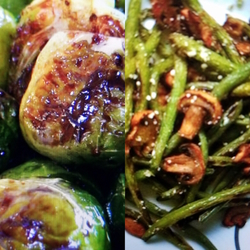 I’m trying to keep the meals as healthy as possible this season while adding a little twist here and there to vegetable side dishes. The roasted brussel sprouts with glazed balsamic vinegar and honey along with fresh green beans tossed with sautéed mushrooms, olive oil, pepper, salt and freshly squeezed lemon were a big hit at a recent gathering. With a few guests under the age of thirty, but over 21, I opened a few “friendly” wines that weren’t too big but went well with the meal and seemed to please all. 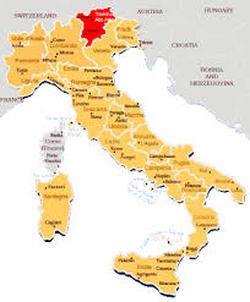 One of the wines that I served was a Pinot Noir Rolhüt 2015 Peter Zemmer from the Alto Adige – South Tyrol region of northern Italy. Although this region is ski country, it enjoys 300+ days of sunshine a year, with temperatures averaging 64 degrees during growing season. A perfect balance of warm days and cool nights sets the stage for producing aromatic wines with expressive character. 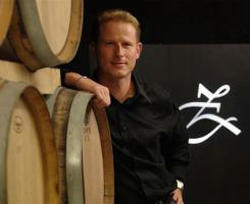 Peter Zemmer Photo courtesy of peterzemmer.com Peter Zemmer Photo courtesy of peterzemmer.com Peter Zemmer Winery is a third generation wine making family that was founded by Peter’s grandfather in 1928 and is one of the oldest wineries of the Alto Adige region. The vineyards and winery are in the middle of the valley floor located in the tiny village of Cortina. Peter Zemmer’s belief in organic farming and sustainability reflect in his high quality wines. 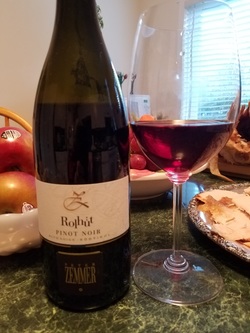 The Pinot Noir Rolhüt is 100% Pinot Noir and is ruby red with lovely aromas of cherry, red berries and a hint of rosehip. The palate offers a juicy combo of cherry, plum and red berries. Tannins are soft with a hint of spice on a long and silky finish. This wine is easy to drink and complements a wide variety of food. In fact, there was just enough left in my glass to sip with the homemade Key Lime pie! Perfect! Alcohol: 13% http://www.peterzemmer.com I’ll talk about the other wines that I served in my next post!
Happy Sunday! Cheers! Penina To leave a comment or if you have an inquiry, please contact me at [email protected] 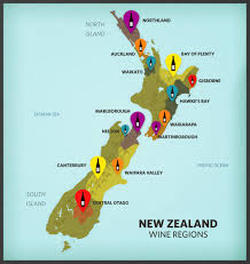 In my last post, I visited the Marlborough region of New Zealand. If you haven’t already read the post, please check it out for some background information about the terroir and wines. http://thewineknitter.com/1/post/2016/10/day-529.html Before I leave New Zealand for other parts of the world, there are two more wines that I’d like to share with you. Crowded House is part of Catalina Sounds and is located in the Marlborough region. The name Crowded House is derived from “the crowded, yet unique Marlborough region and our mission to stand out from this crowded world of wine.” Peter Jackson is the wine maker for both labels. 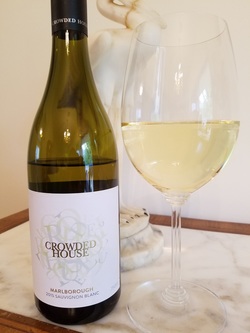 The Crowded House Sauvignon blanc 2015 is a fresh and zesty wine. The color is pale straw with aromas of tropical fruit, pineapple, citrus and hints of floral. The palate offers concentrated flavors of tropical fruit, soft citrus, pear and lemon zest on a long finish. The wine is beautifully balanced and would pair well with most seafood, salads, and light pastas or as an aperitif. Alcohol: 13% SRP: $12.95 http://www.crowded-house.co.nz 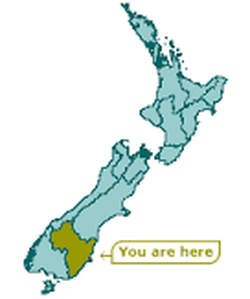 Nanny Goat Vineyard is located in Central Otago which is the most southerly wine region in the world. The vineyard is named after the wild goats that roam the mountainous terrain of the Central Otago. 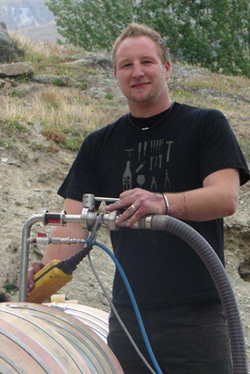 Alan Peters-Oswald Photo courtesy of Nanny Goat Alan Peters-Oswald Photo courtesy of Nanny Goat The extremely hot summers, very cold winters, rocky soils and poor fertility, make for challenging conditions in producing “world-class cool climate wines”. However, winemaker, Alan Peters-Oswald who grew up in rural Central Otago farming Angora goats, now produces premium Pinot Noir, Chardonnay and Syrah after getting his Diploma in Viticulture and Wine Production in Marlborough. 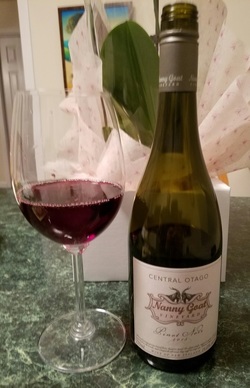 The Nanny Goat Vineyard Pinot Noir 2015 reflects the terrior and story of this vineyard. The color of the wine is dark cherry with berries, plum and spice on the nose. The palate is rich with layers of cherry, plum, blackberry, raspberry and violet. Soft tannins and a silky mouth-feel lead to a lengthy finish with hints of pepper and oak. This medium-bodied wine paired nicely with the Dijon crusted salmon and vegetable couscous. It would also complement stews, hearty soups and meat entrees. Alcohol: 14% SRP $23 http://nannygoatvineyard.co.nz The wines are priced well and would be a nice addition the holiday table.
Have a great Thursday! Cheers! Penina Having recently received a delightful lineup of wines from New Zealand, I thought it would be fun to “fly” over there and check out the wine scene. 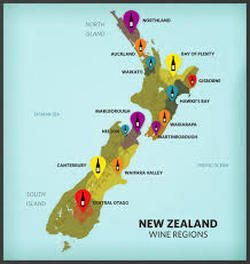 New Zealand is an island nation comprised of two islands (North and South) in the southwestern Pacific Ocean that extends 1000 miles with eleven wine regions ranging from sub-tropical Northland to the world’s most southerly grape growing region Central Otago. Vineyards profit from the maritime climate with long hours of sun and cool nights. In fact, no vineyard is further than 80 miles from the ocean. According to stats from WineInstitute.Org, for the year 2014, New Zealand produced about 1.13% of the world’s wine and ranked #15, with France, Italy and Spain leading the pack. Although New Zealand wine production might be low, an impressive collection of varieties and styles are making their presence known. New Zealand has been making wine since the 1800s, with the oldest existing vineyard being established in 1851 by French Roman Catholic missionaries at Mission Estate in Hawke’s Bay. There are many grape varieties found throughout the wine regions such as Sauvignon Blanc, Chardonnay, Pinot Gris, Riesling, Gewurztraminer, Pinot Noir, Cabernet Sauvignon, Merlot and Syrah. Catalina Sounds is a small estate located in the Marlborough region, which is the largest wine region in the country. Marlborough region occupies the northeastern corner of the South Island. Eighty percent of New Zealand’s Sauvignon blanc is grown in Marlborough, followed closely by Pinot Noir and Chardonnay. Many critics believe that Marlborough produces some of the world’s best Sauvignon blanc. 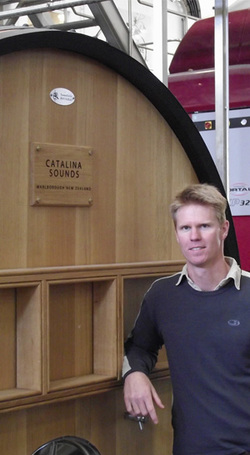 Peter Jackson Photo courtesy of Catalina Sounds Peter Jackson Photo courtesy of Catalina Sounds Peter Jackson is Catalina Sound’s wine maker and his philosophy is simple: “Source outstanding fruit from exceptional vineyard sites. I believe the most critical decision a winemaker makes is deciding when to pick. Once harvested, my role is to simply steer the fruit in the right direction in order to best express the vibrant fruit flavors that Marlborough is renowned for while respecting the subtle differences of each site”. Catalina Sounds 2015 Sauvignon Blanc is primarily sourced from Catalina’s “Sound of White” vineyard situated in Waihopai Valley. This is a beautiful and very friendly wine! The color is pale straw with enticing aromas of tropical fruit, peach, citrus and herbs. The palate offers layers of stone fruit, citrus, apple and floral notes. Nicely balanced with “juicy” acidity, the finish is dry and long. This wine would pair well with a variety of appetizers, light fish, cheese & fruit or on it’s own! Alcohol: 13% SRP: $16 Catalina Sounds 2015 Pinot Noir is sourced from Sound of White vineyard in Waihopai Valley and the Clayridge vineyard in Omaka Valley. Dark ruby in color, delicious aromas of sweet and sour cherry, earth and spice greet the senses. The palate is a lovely blend of berries, cherry, plum, spice and hints of oak followed by a long finish of lingering herbs and spice. Medium-bodied with a silky mouth-feel and soft tannins, this is an ideal wine for meat, poultry and hearty stews. It completed the Pumpkin Red Lentil Chili I made the other evening. The wine soothed the fire on my palate while adding another great taste sensation! Alcohol: 13% SRP: $19 My next post will be about Crowded House and Nanny Goat Vineyards. See you in New Zealand again soon!
Cheers! Penina  With the much-needed rain pouring down, it’s a perfect time to catch up on writing and sample a few wines. Let’s travel to Italy. Astoria Wines is located 50 miles north of Venice in one of the most beautiful wine-growing regions, the Veneto. This northeastern region of Italy stretches from the Dolomite Mountains to the Adriatic Sea. The Alps and the sea protect the region from harsh northern winds which in turn provide ideal conditions for growing grapes and producing wine. Astoria Wines is owned by the Polegato family and represents four generations of winemaking. The first winery, Vinicola Polegato, was established in the 1950s. Several decades later, Vittorino Polegato found an ideal location in the heart of the DOCG area to launch the next stage of the family business, the Val De Brun estate in Refrontolo. In 1987 Vittorino renovated an old 18th century home and converted it into Astoria’s headquarters. Giorgio and Paolo Polegato, (Vittorino’s sons) along with the next generation of Polegatos, led by Filippo, Carlotta and Giorgia, uphold the family name and winemaking tradition. Although Astoria Wines is noted for being the largest private producer of Prosecco DOCG in Italy, their portfolio includes Pinot Grigio, Moscatos (both red and white), Pinot Noir and a Red Blend. 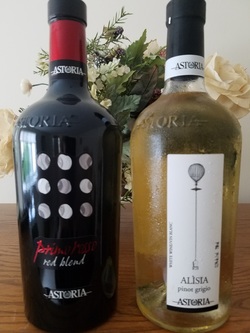 The first thing I noticed when unpacking the wines was the unusual shape of the bottles. The packaging is eye-catching and original. The 2014 Alisia Pinot Grigio I.G.T is light yellow in color with intriguing aromas of fruit, floral and stone fruit. This 100% Pinot Grigio surprises the palate with fruit, peach and lemon. It is medium-bodied and dry but still fruity and nicely balanced. The long lemon zest finish is a treat! This wine would pair well with pasta, cheese & fruit, grilled vegetables and light fish. Alcohol: 12.5% SRP: $11 The 2012 Primo Rosso Red Blend I.G.T is made with 50% Cabernet Sauvignon, 30% Pinot Noir and 20% Merlot. The color is dark ruby. It is quite aromatic with berries, herbs and spice tickling the nose. The palate offers red berries, fennel, pepper and hints of plum. The finish has hints of cocoa and dark cherry. Medium-bodied with soft tannins make this an easy wine to pair with most foods. Alcohol: 13% SRP: $11 The wines are priced well and would make great little gifts to give out at holiday time. Keep a few bottles around for that spur of the moment party as well!
Next stop might be New Zealand. Stay tuned! Happy Friday! Cheers! Penina 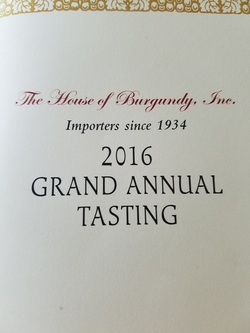 Monday was a rainy day. And, what better way to spend it than sampling wines of The House of Burgundy’s 2016 Grand Annual Tasting inside the ballroom of The Harmonie Club in NYC. 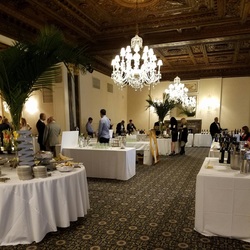 Many countries and producers were represented at the event. I began my tour tasting wines from countries that I had never tried before, such as Bulgaria, Turkey, Lebanon and Japan. I then explored wines from Argentina, France, Greece, Italy and the USA. In addition to the wines, I tried a wonderful spirit from Turkey called Efe Raki. I heard countless and fascinating stories about wineries steeped in history and I tasted some memorable wines that I would love to share with you. Since I am short on time today, I’ll tell you about a few wines/spirit and save the rest of my stories for future posts. I was quite impressed with Vini Wines from Bulgaria. Imported by Bulgarian Masters Vintners and produced specifically for them, Vini Wines is the best-selling Bulgarian wine brand in the U.S. The wines are produced in Bulgaria’s Southern Thracian Valley, an area that has a long history of wine production. The 2015 Vini Sauvignon Blanc (100%) was crisp with notes of citrus and peach. Nice acidity and a pleasing finish make this an easy wine to pair with many foods. The 2015 Vini Pinot Noir (100%) was full of dark fruit and spice with hints of cherry. The tannins were ripe. Spice and hints of vanilla lingered on the finish. All the Vini wines have an alcohol content that ranges from 12% to 13%. The price point is around $8.99 and worth exploring! Heading over to Turkey, I was dazzled and intrigued by the Efe Raki display. Efe Raki is an unsweetened alcoholic drink made from dried or fresh grapes and flavored with anise seeds. It is similar in taste to Ouzo. Raki is also called Lions Milk due to the fact that the clear liquid turns milky when water is added. Served in typical Raki glasses, this is a drink that goes well with light appetizers or mixed in cocktails. I tasted the Efe Fresh Grapes Raki (Green bottle) The aroma of aniseed was quite strong and pleasantly intoxicating but was softer on the palate than ouzo or Pernod. Alcohol is 45% and the price range is $15 to $21 depending on which bottle you buy. Check out their website which has lots of interesting information about Raki history and tradition. http://www.eferaki.com Have a happy Wednesday!
Cheers! Penina |
Categories
All
|
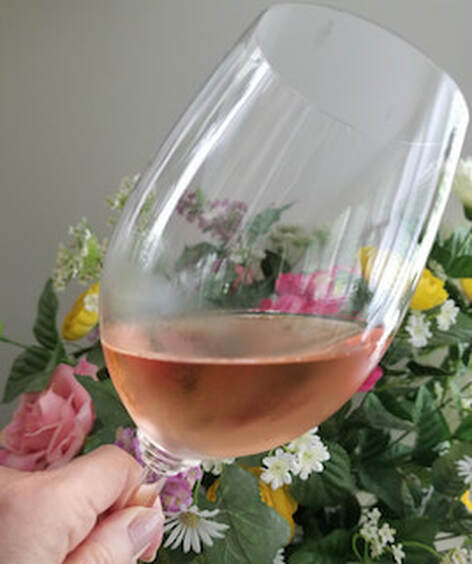
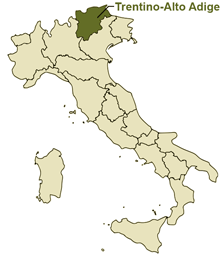
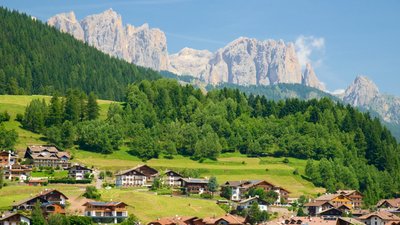
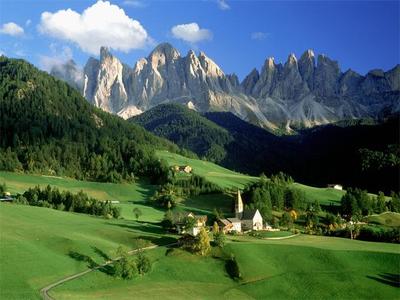
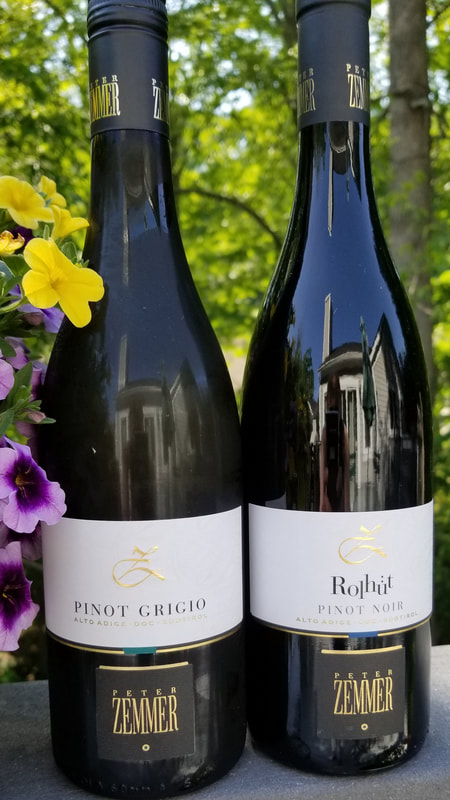

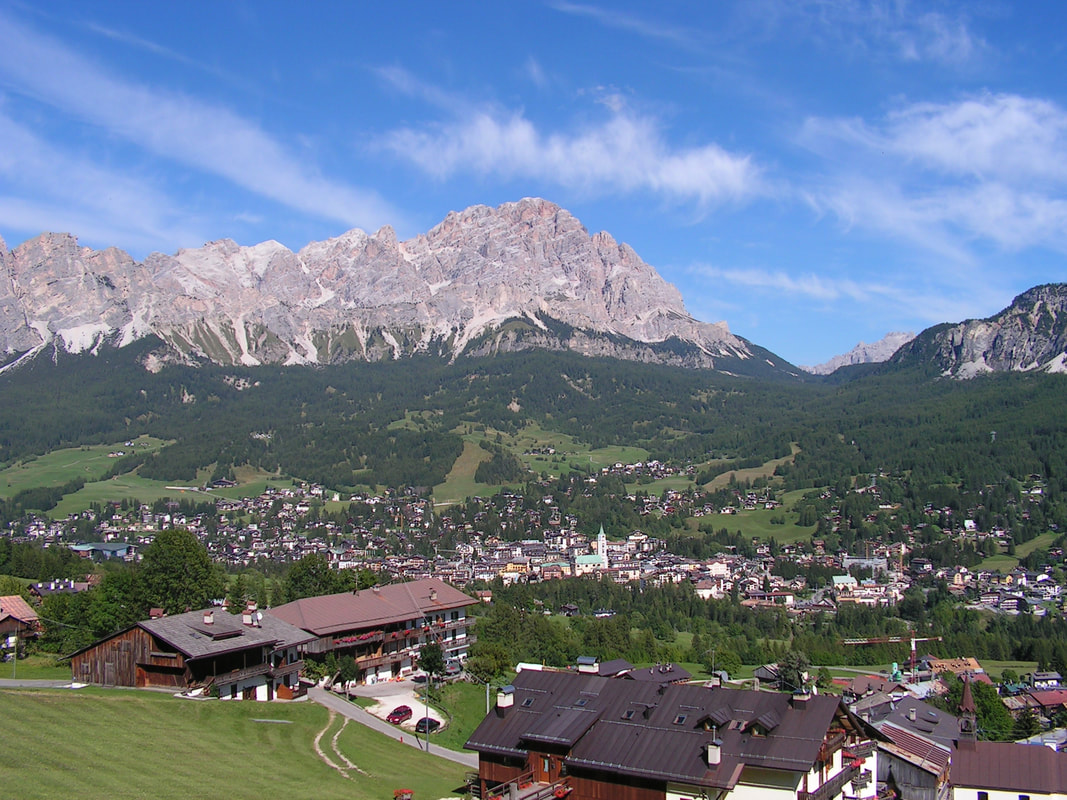
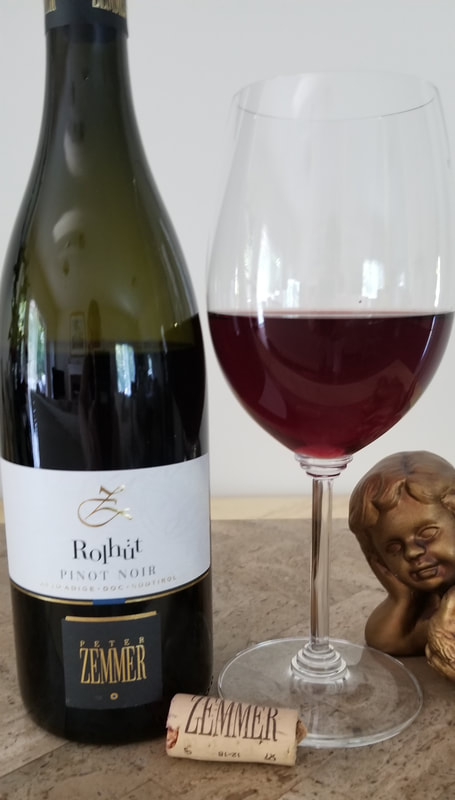
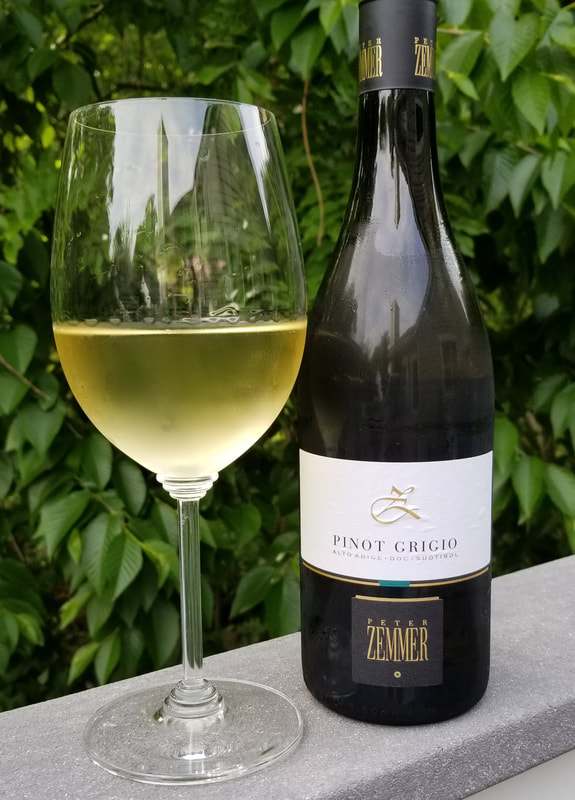
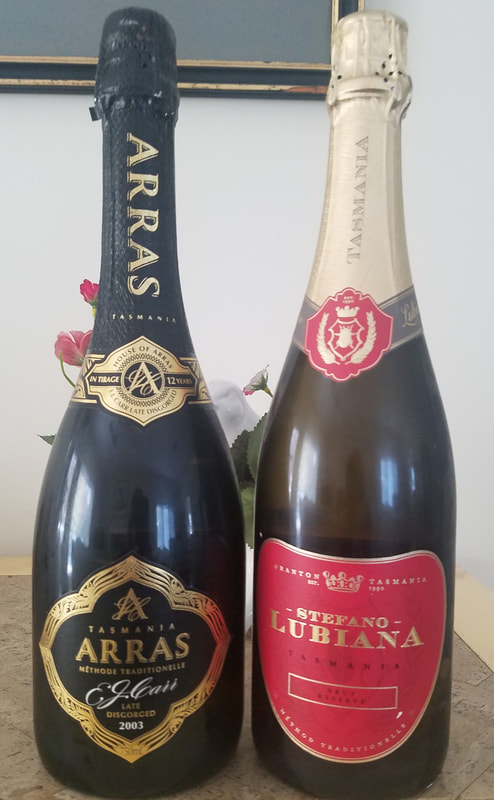
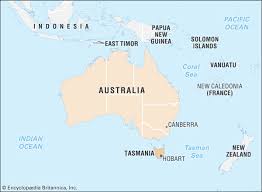
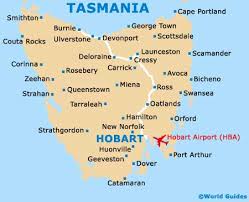
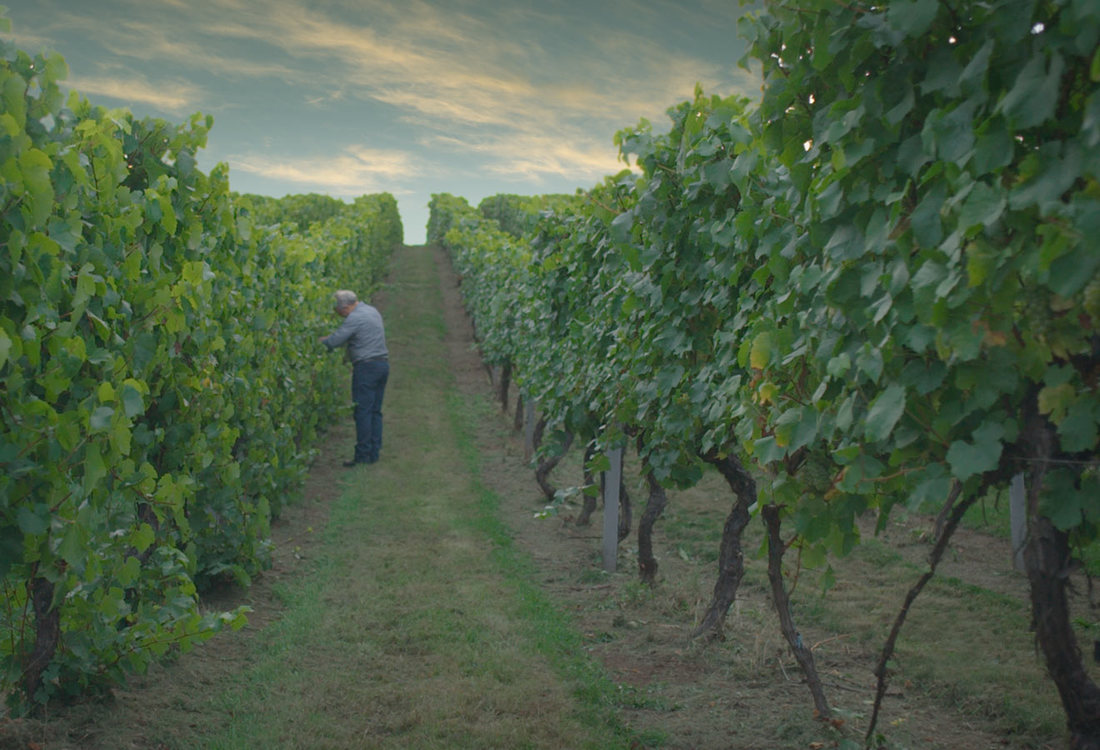
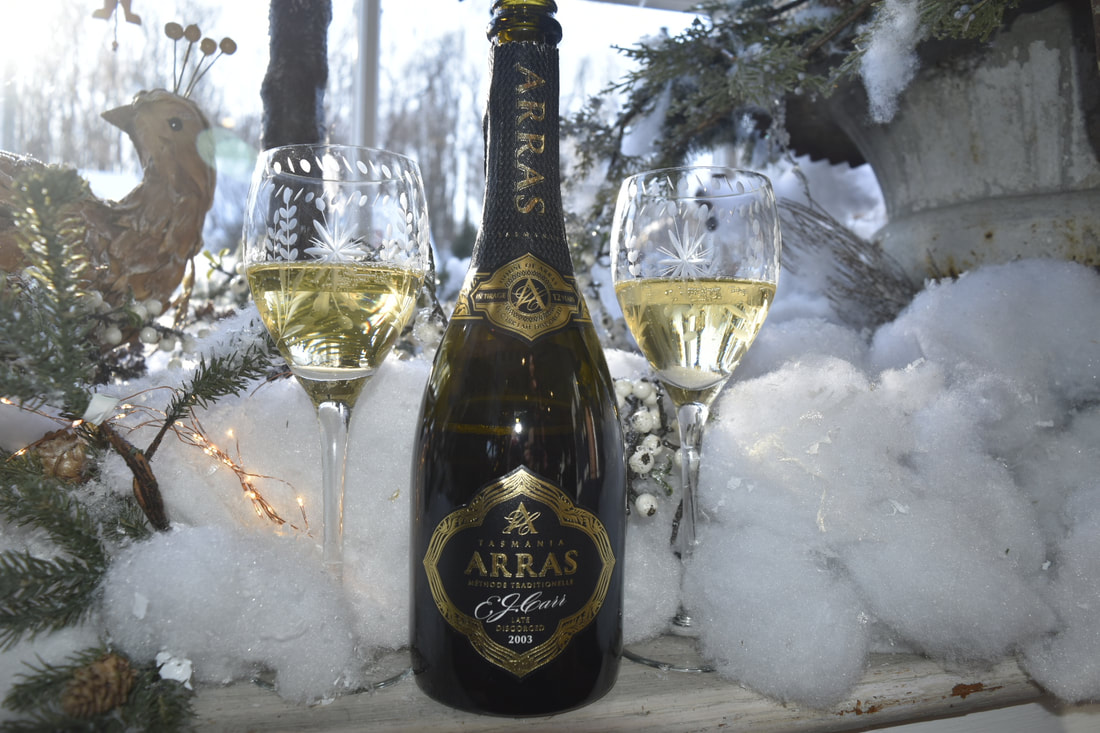
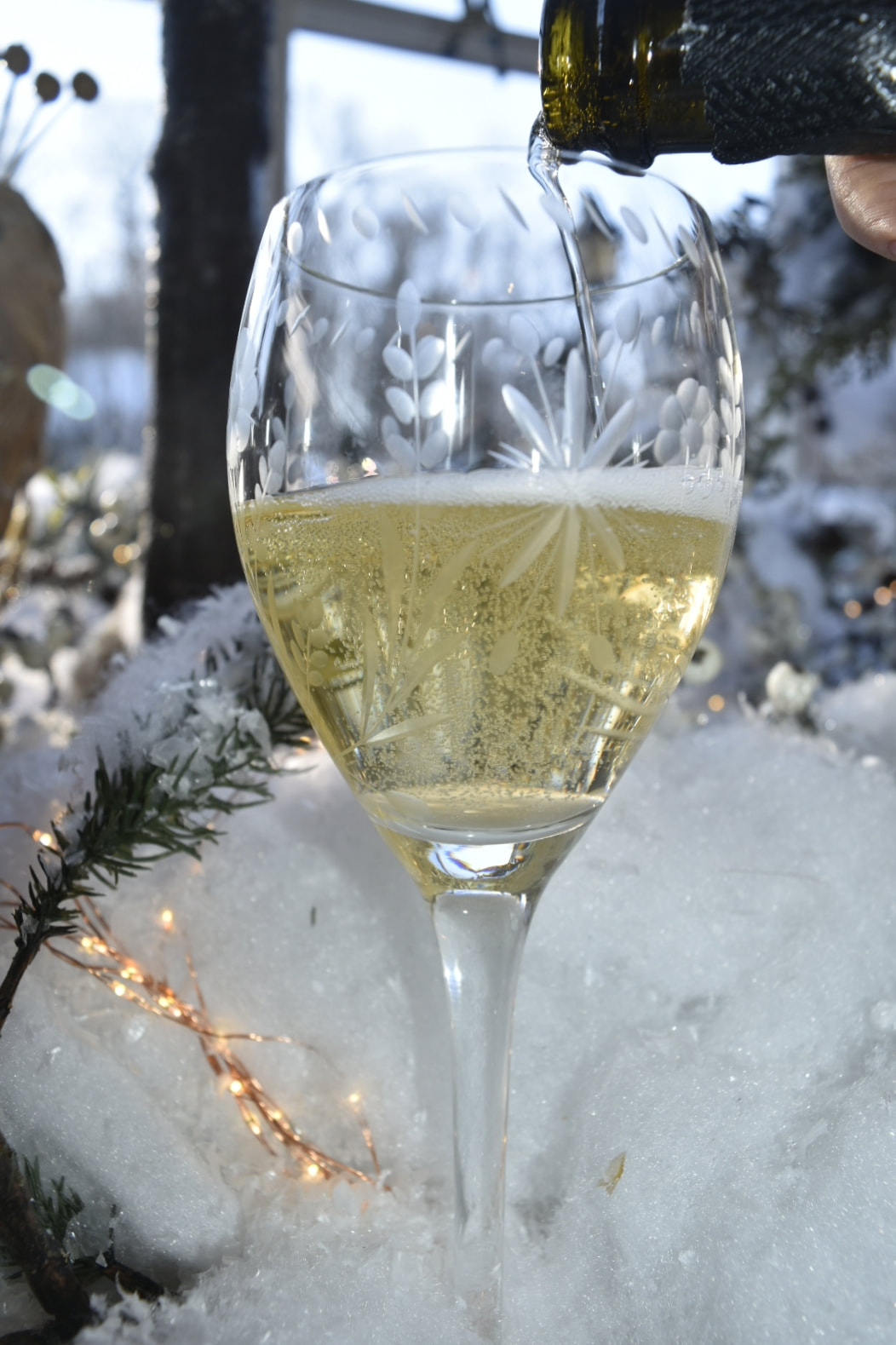
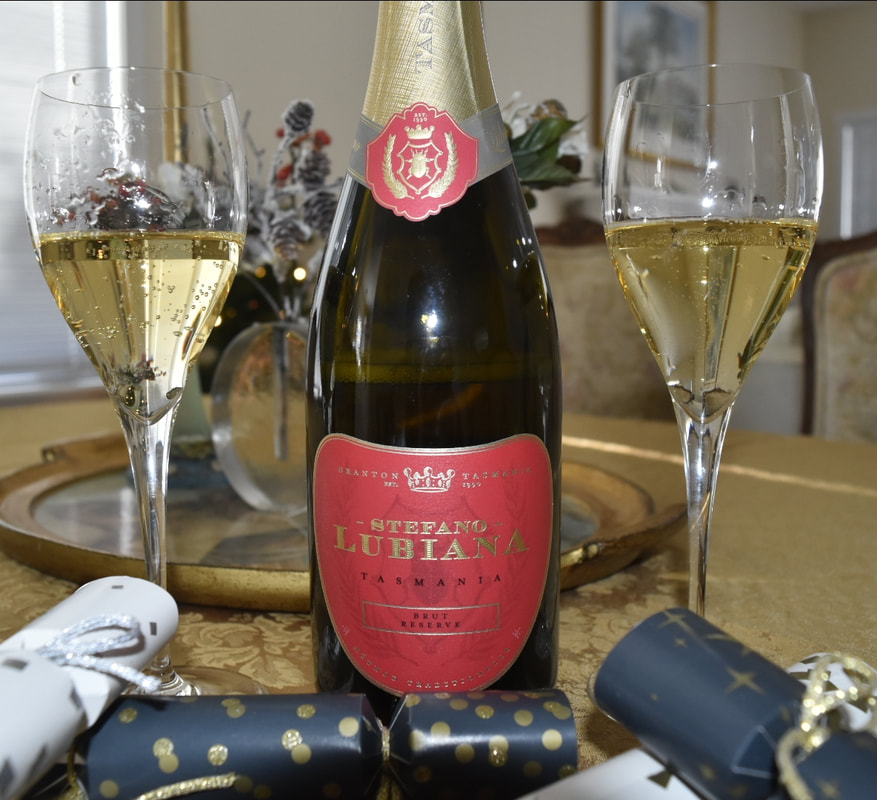
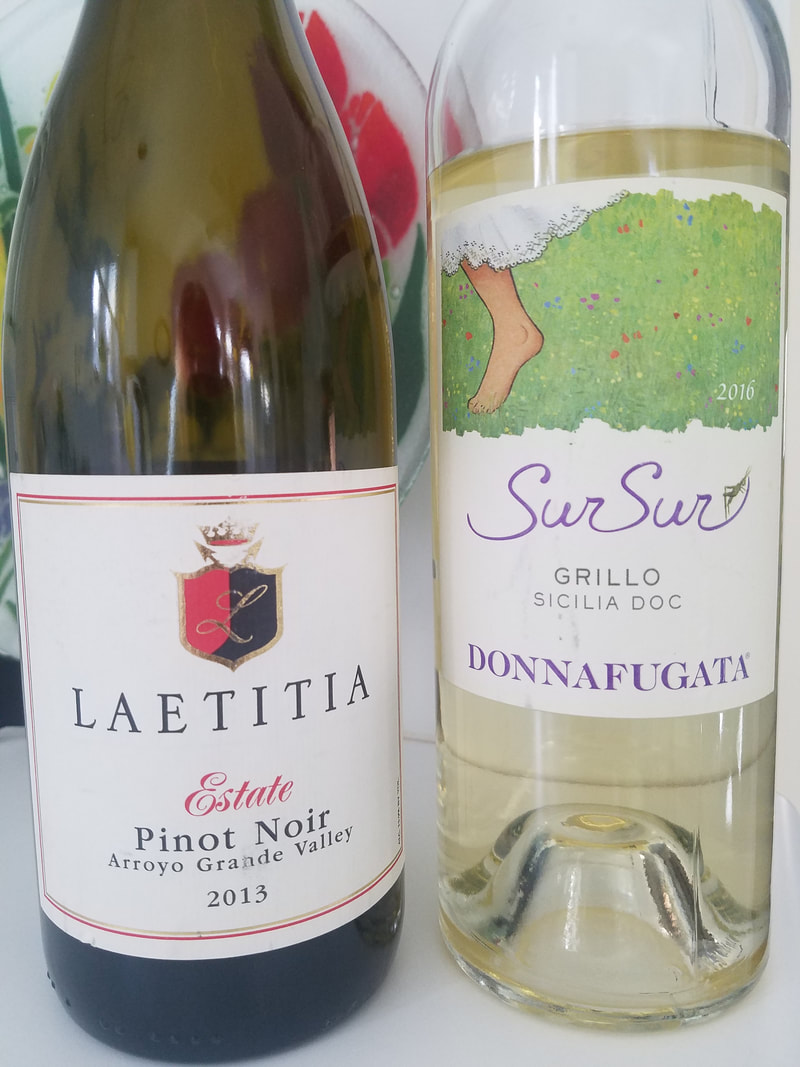
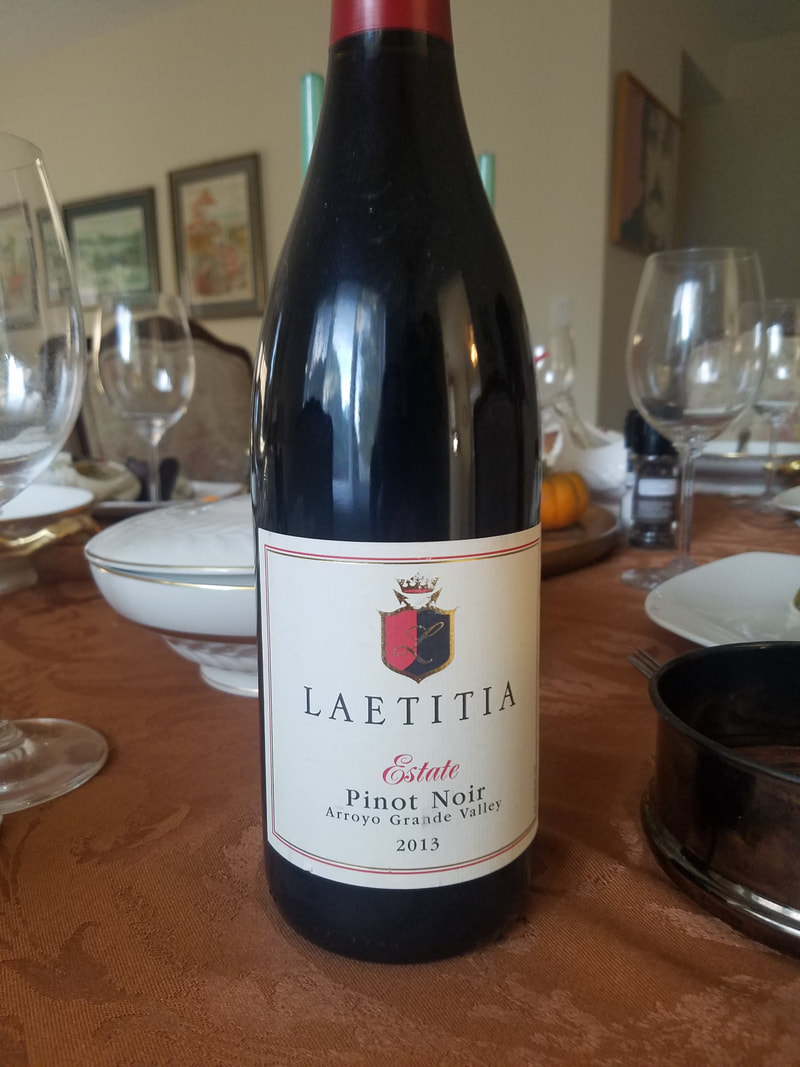
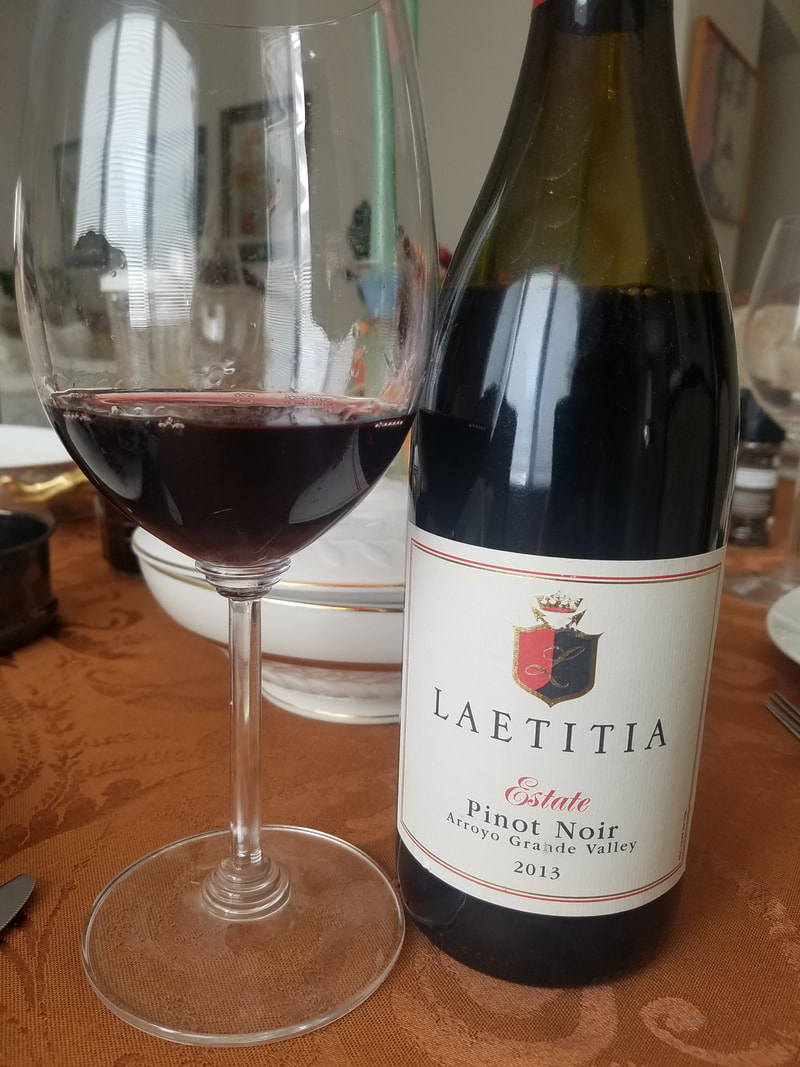
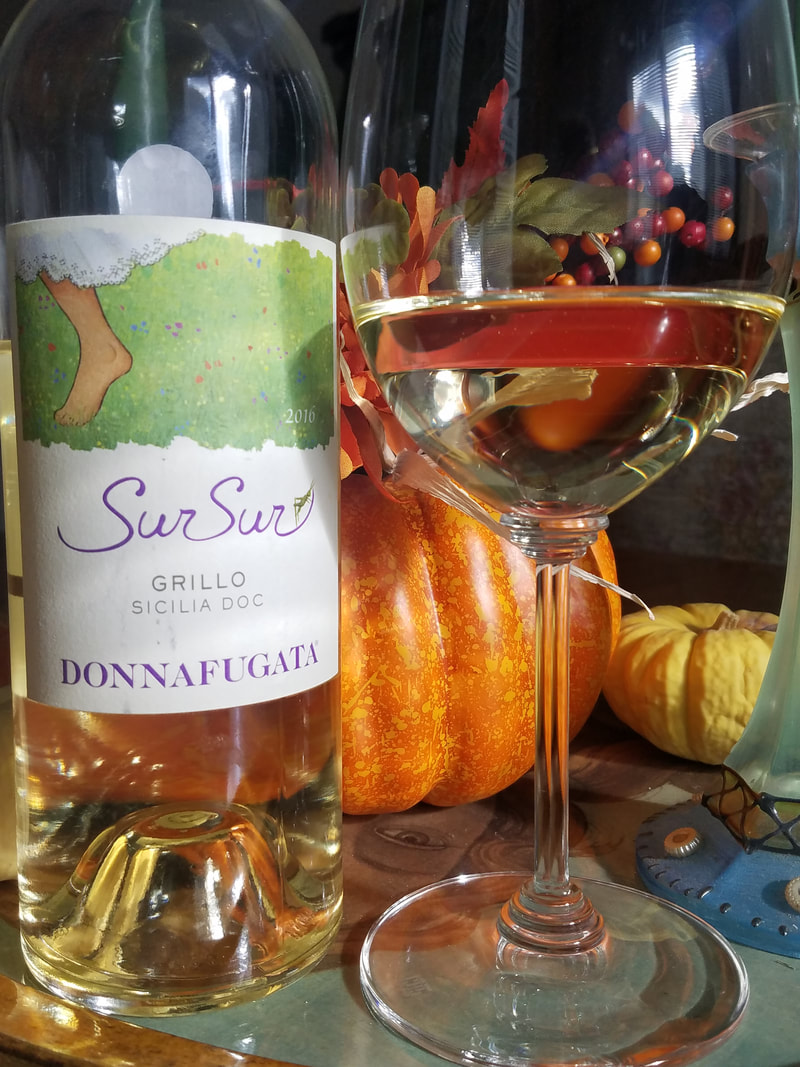
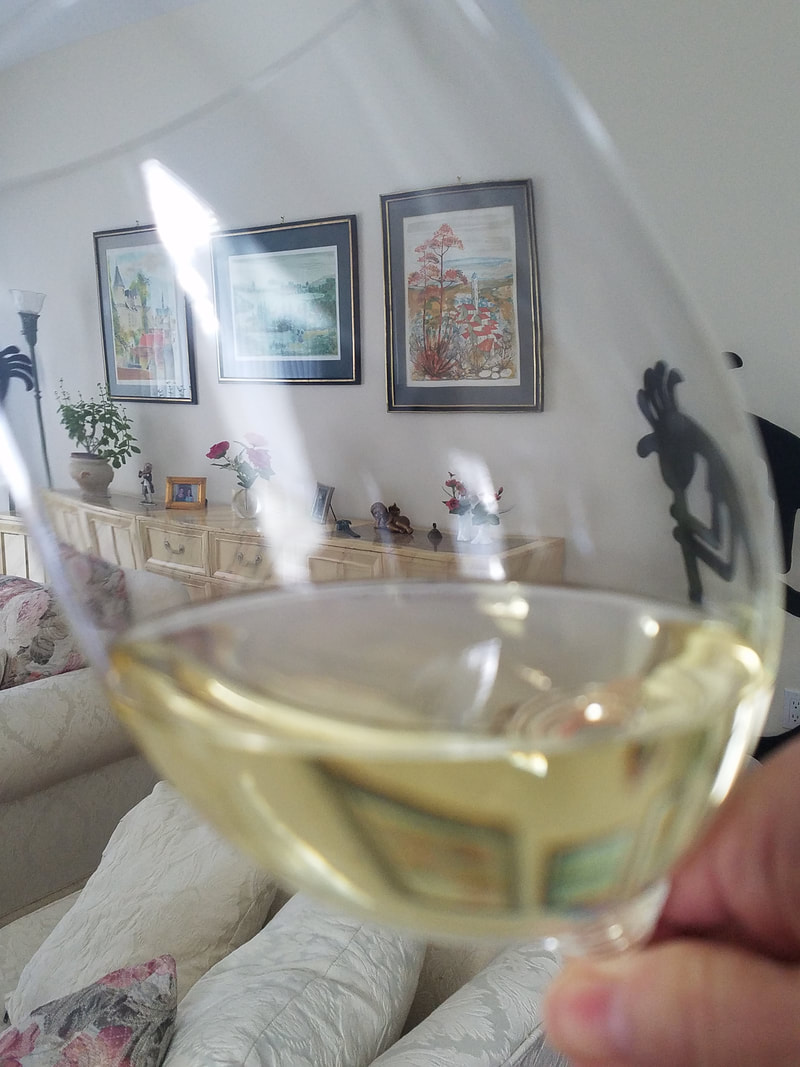
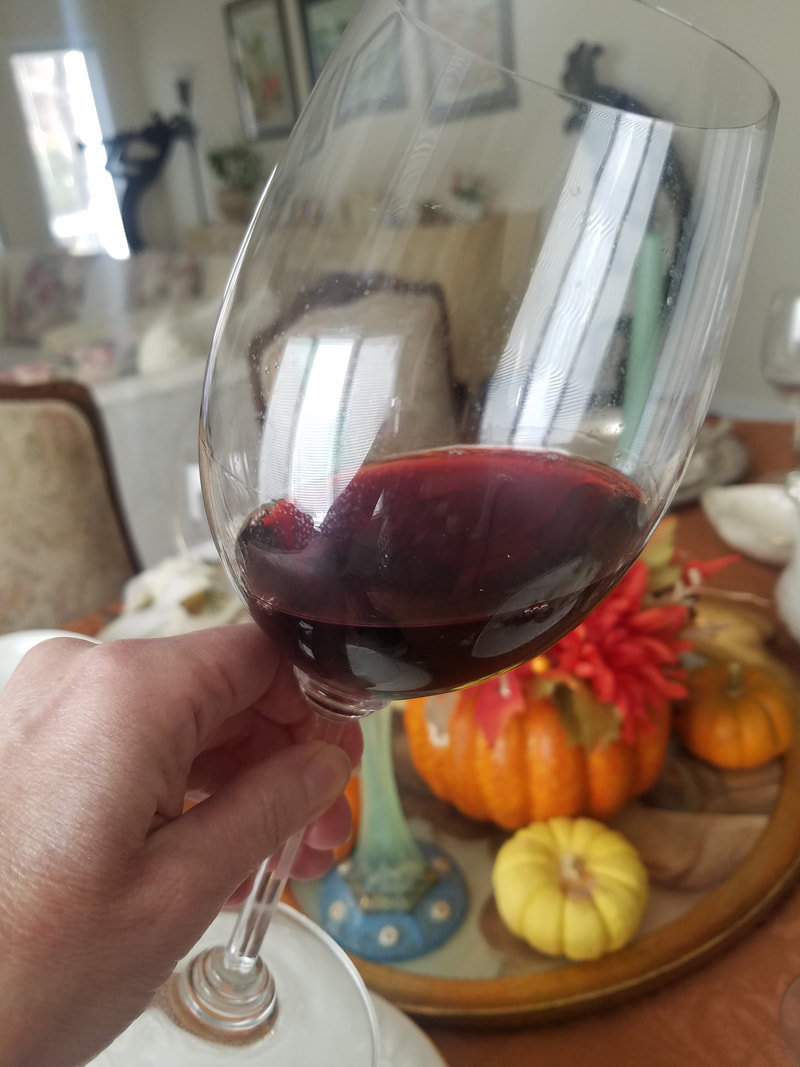
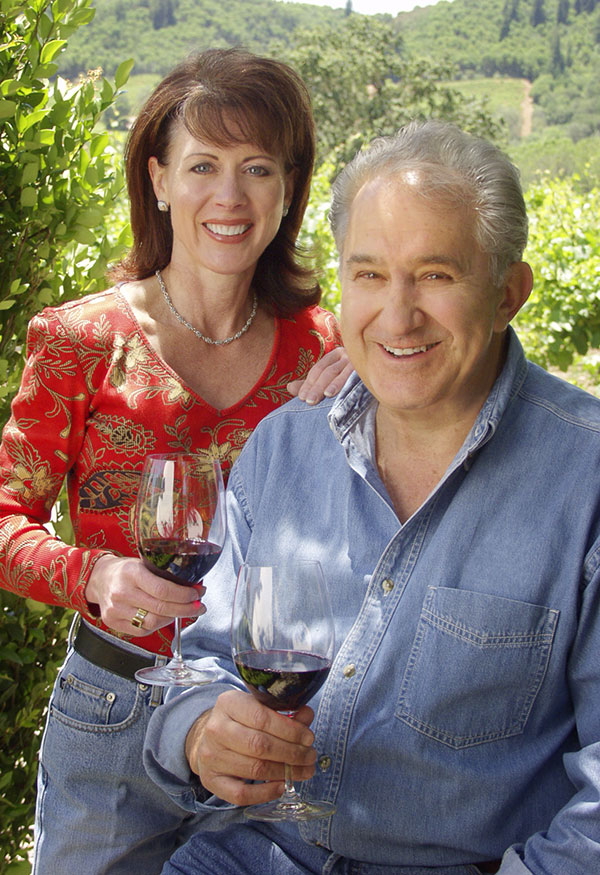
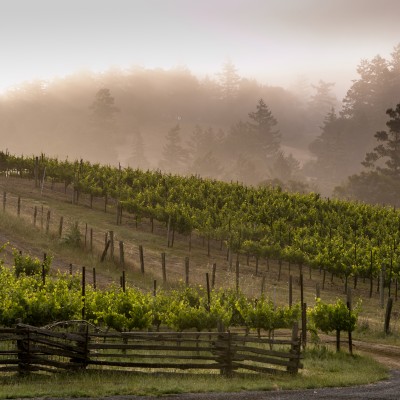
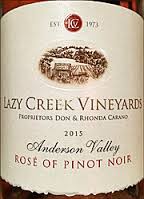
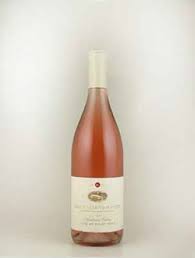
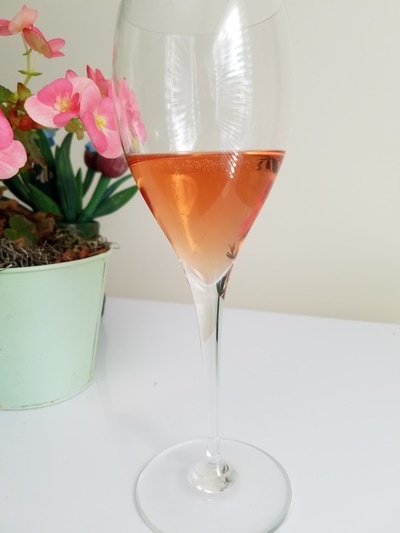

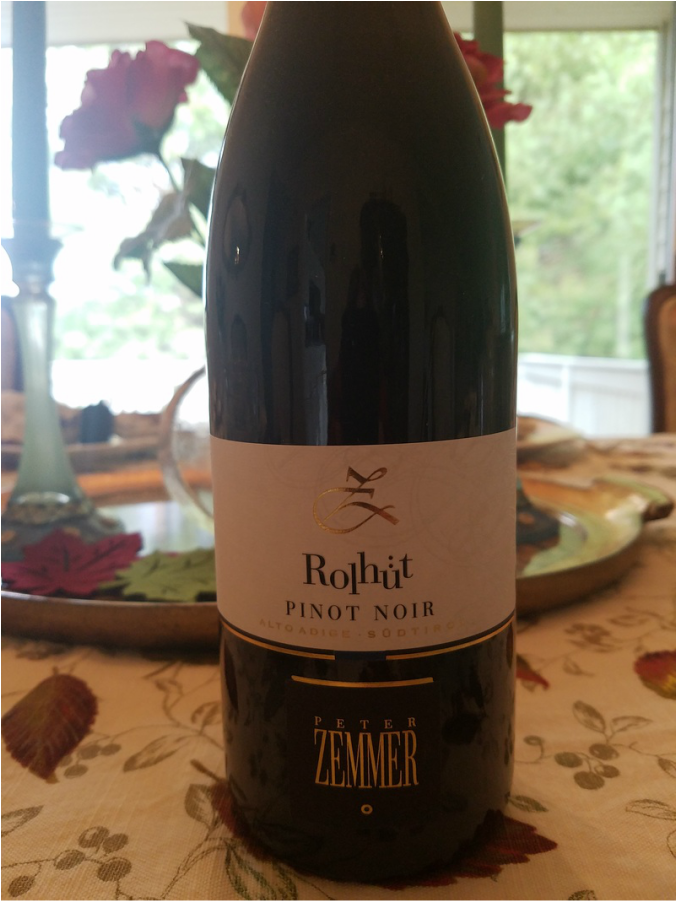
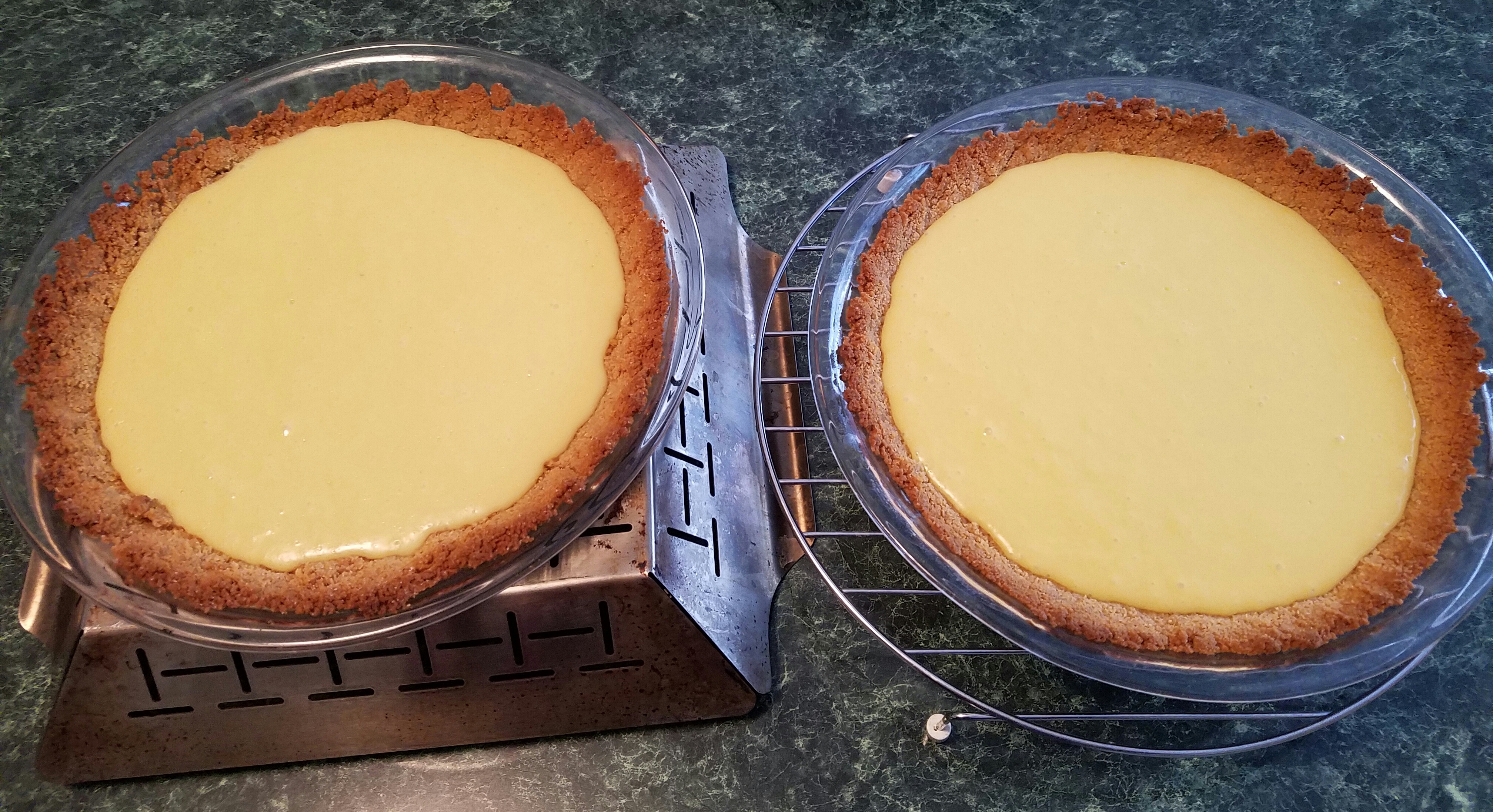
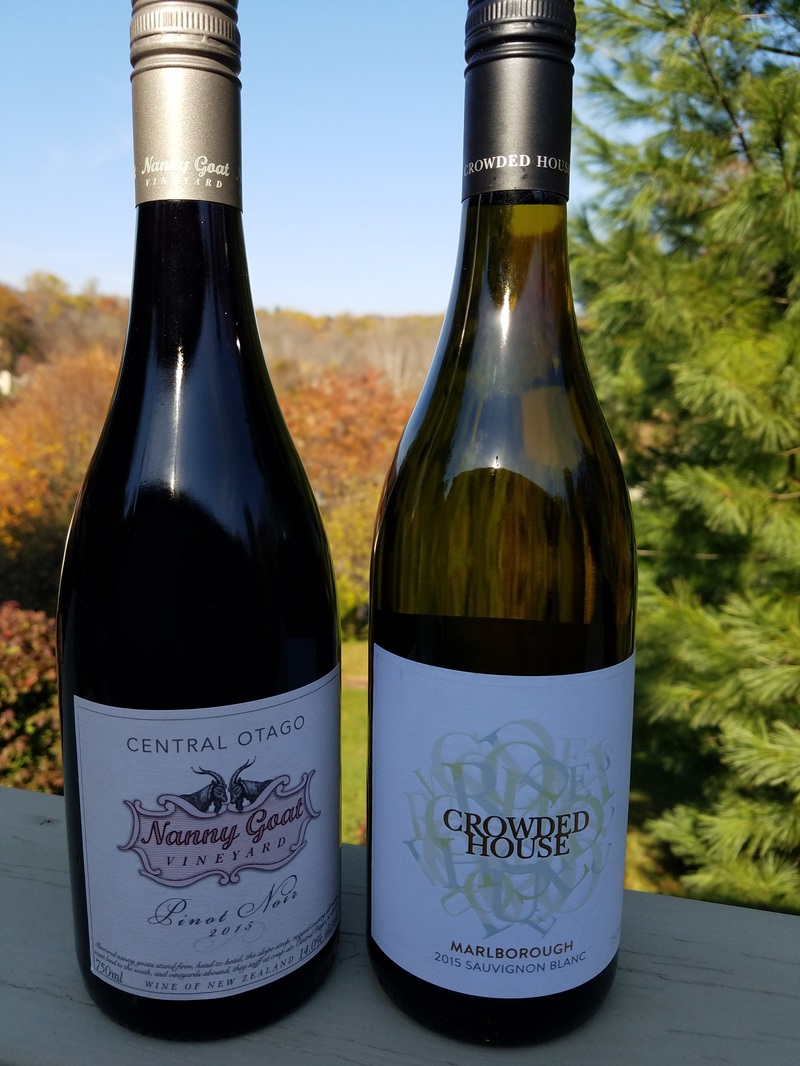
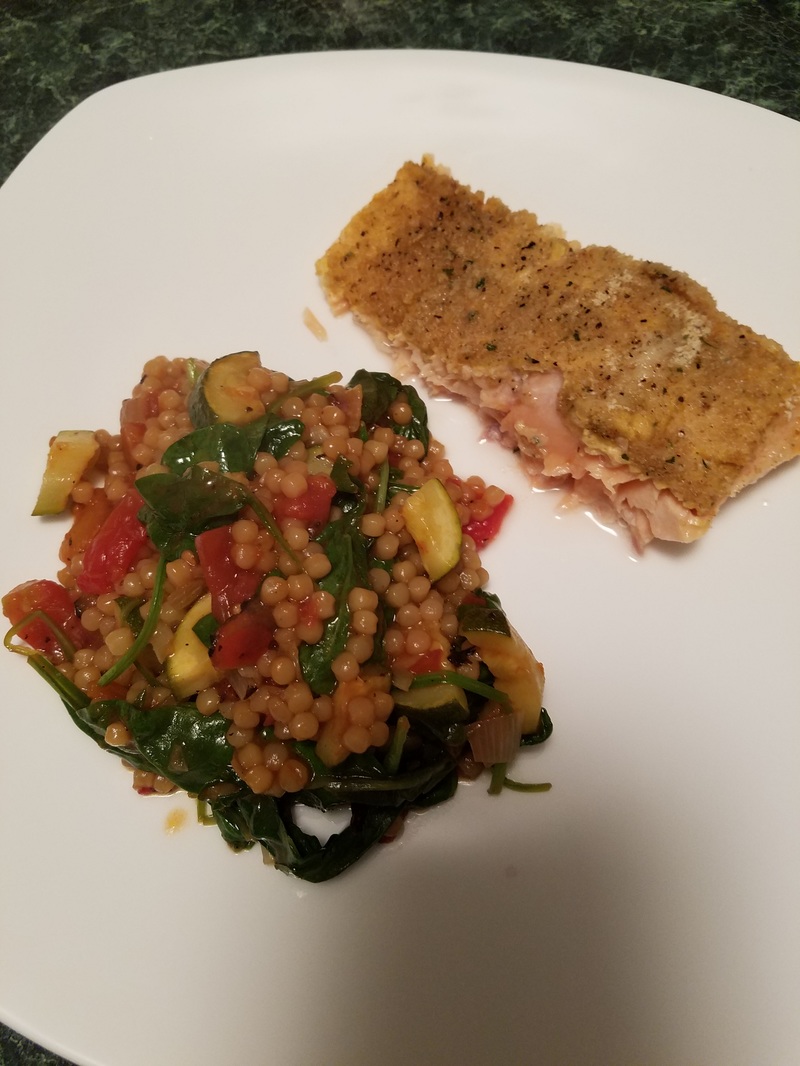
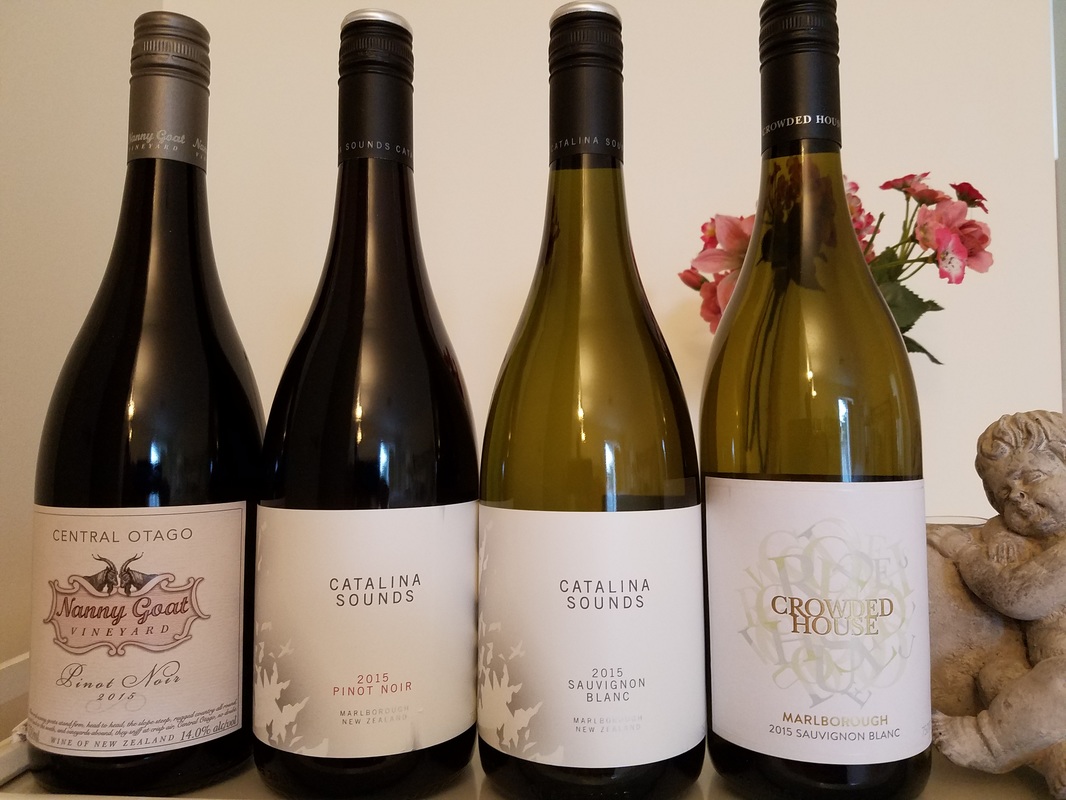
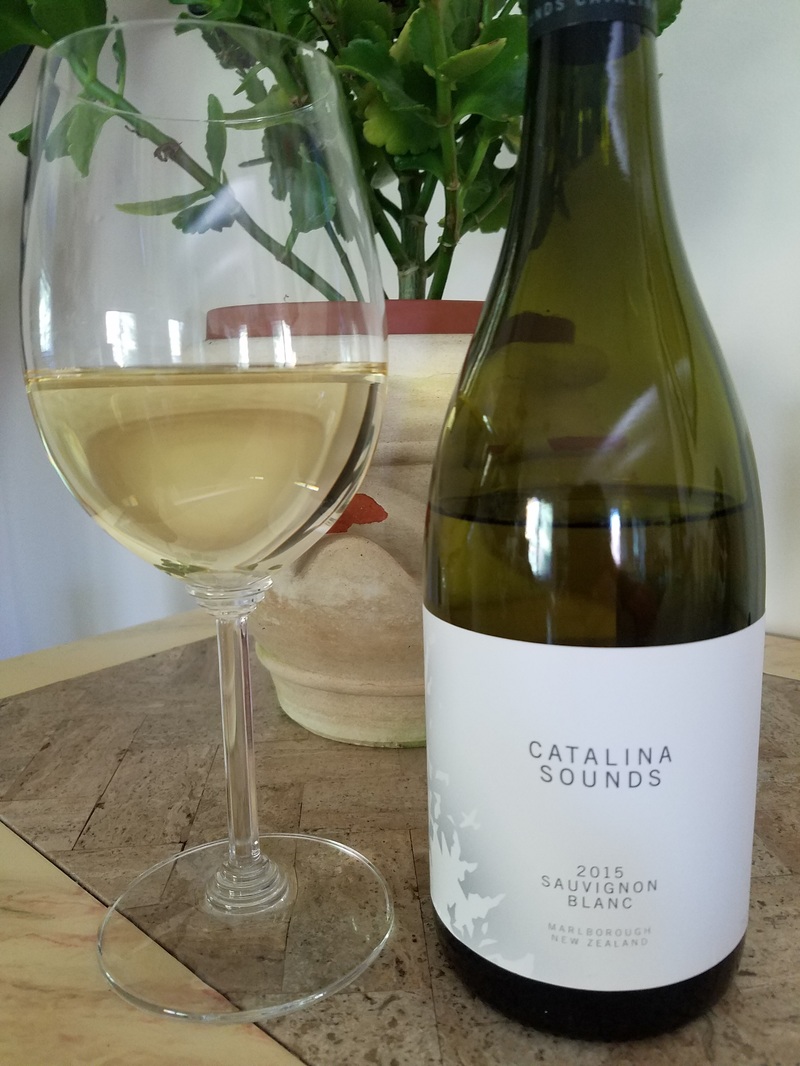
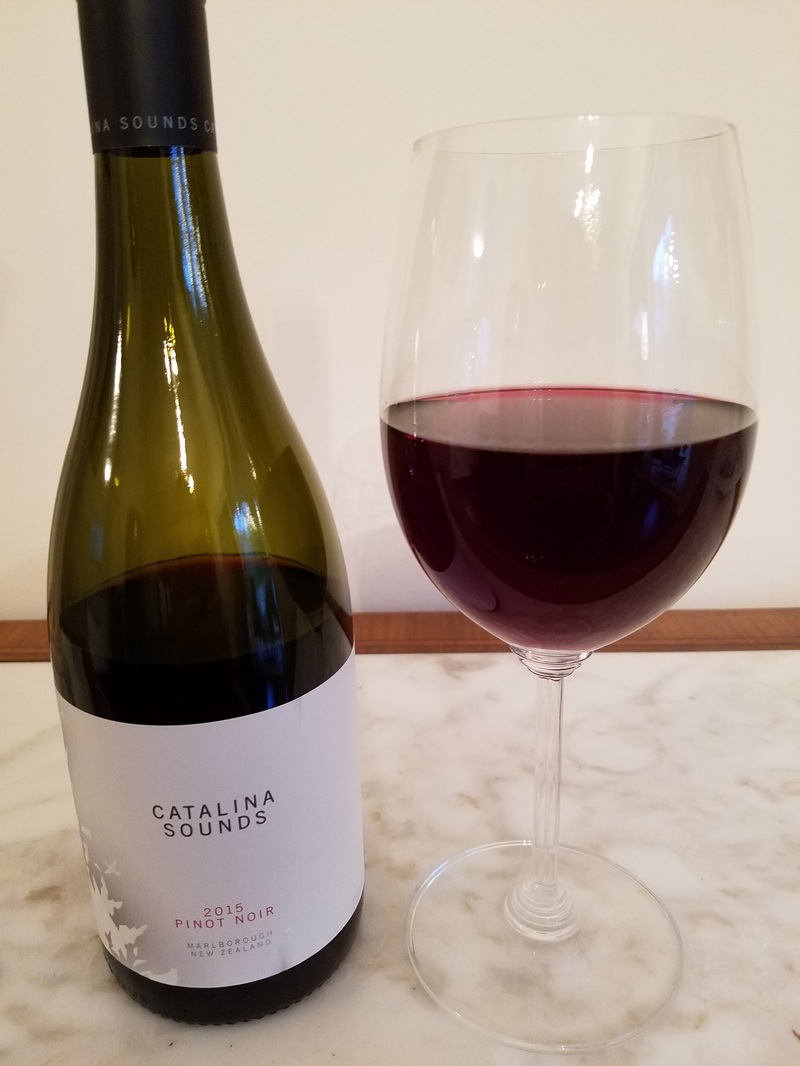
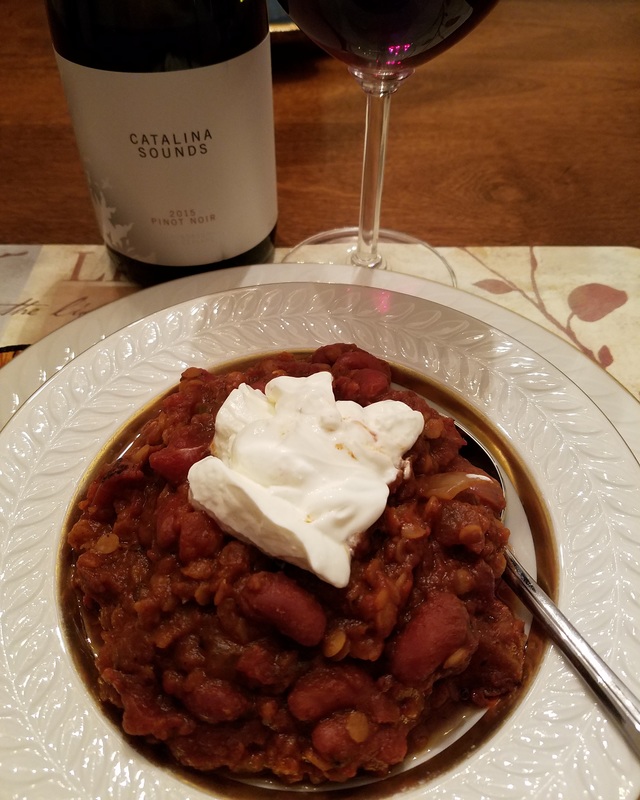
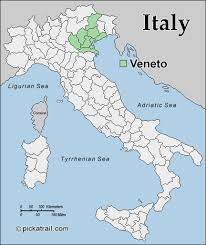
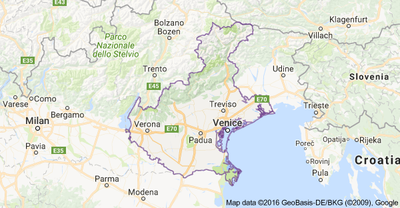
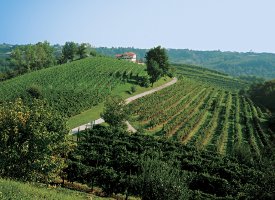
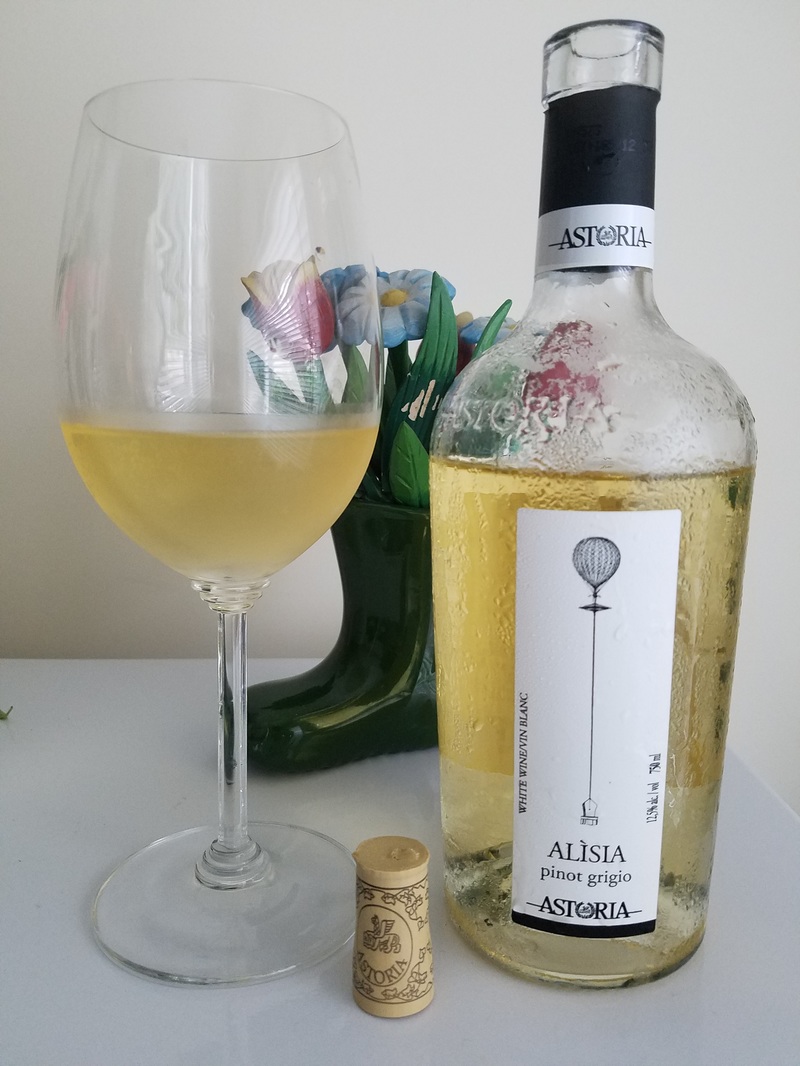
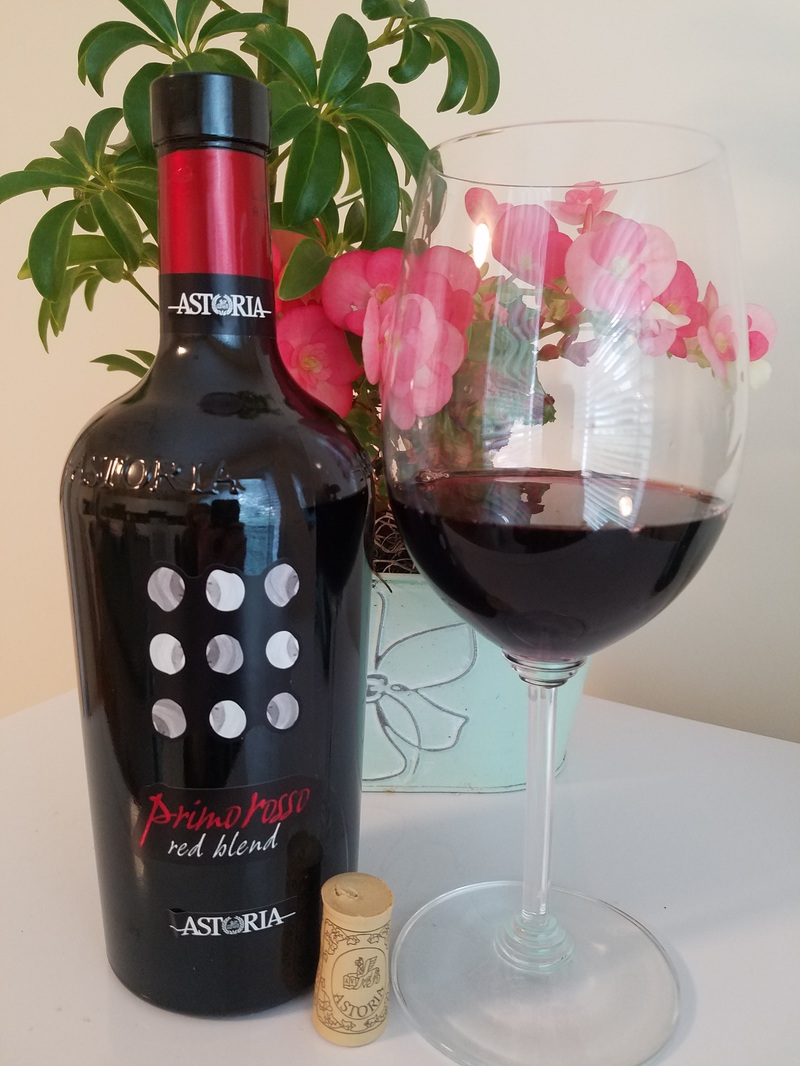
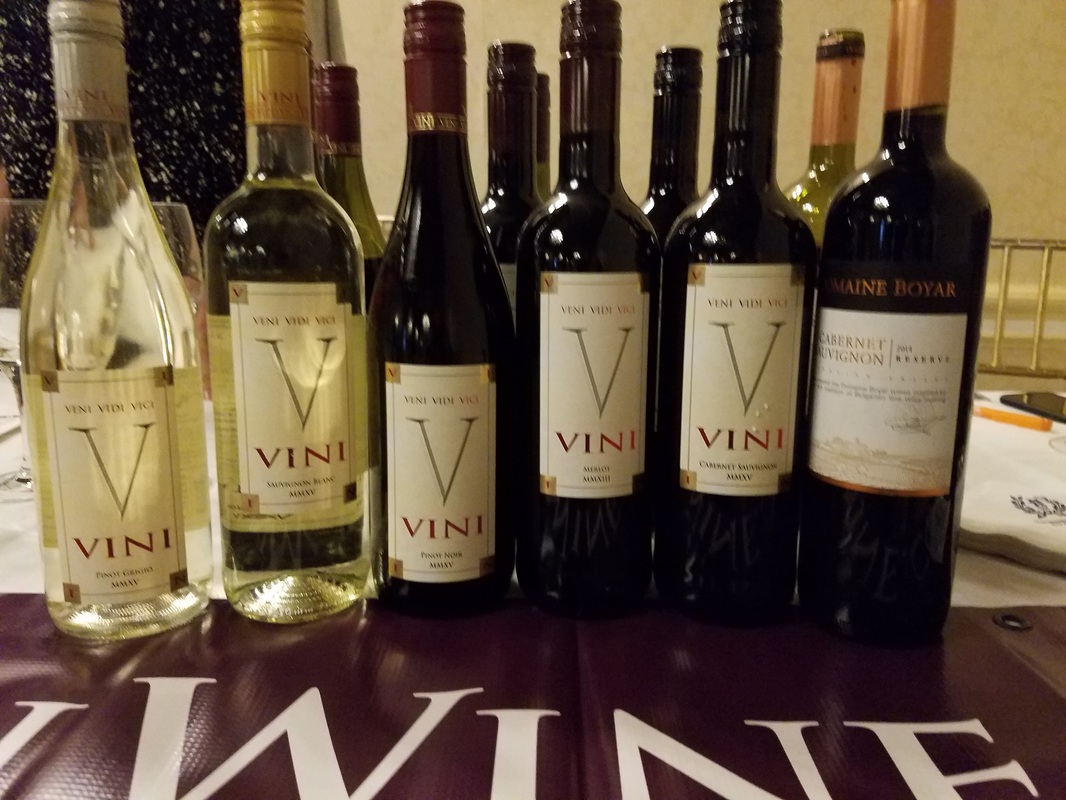
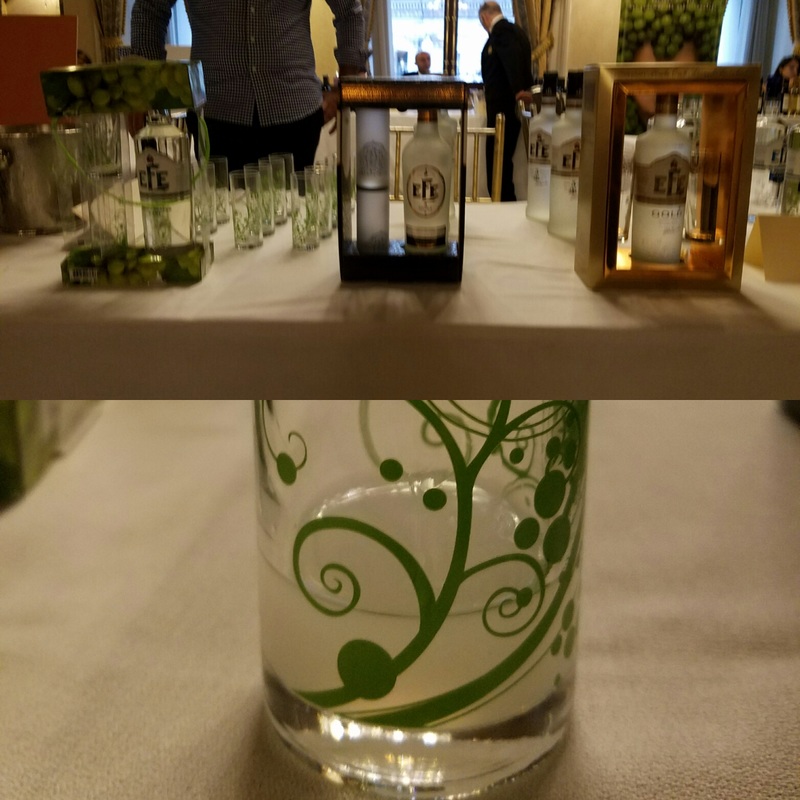
 RSS Feed
RSS Feed